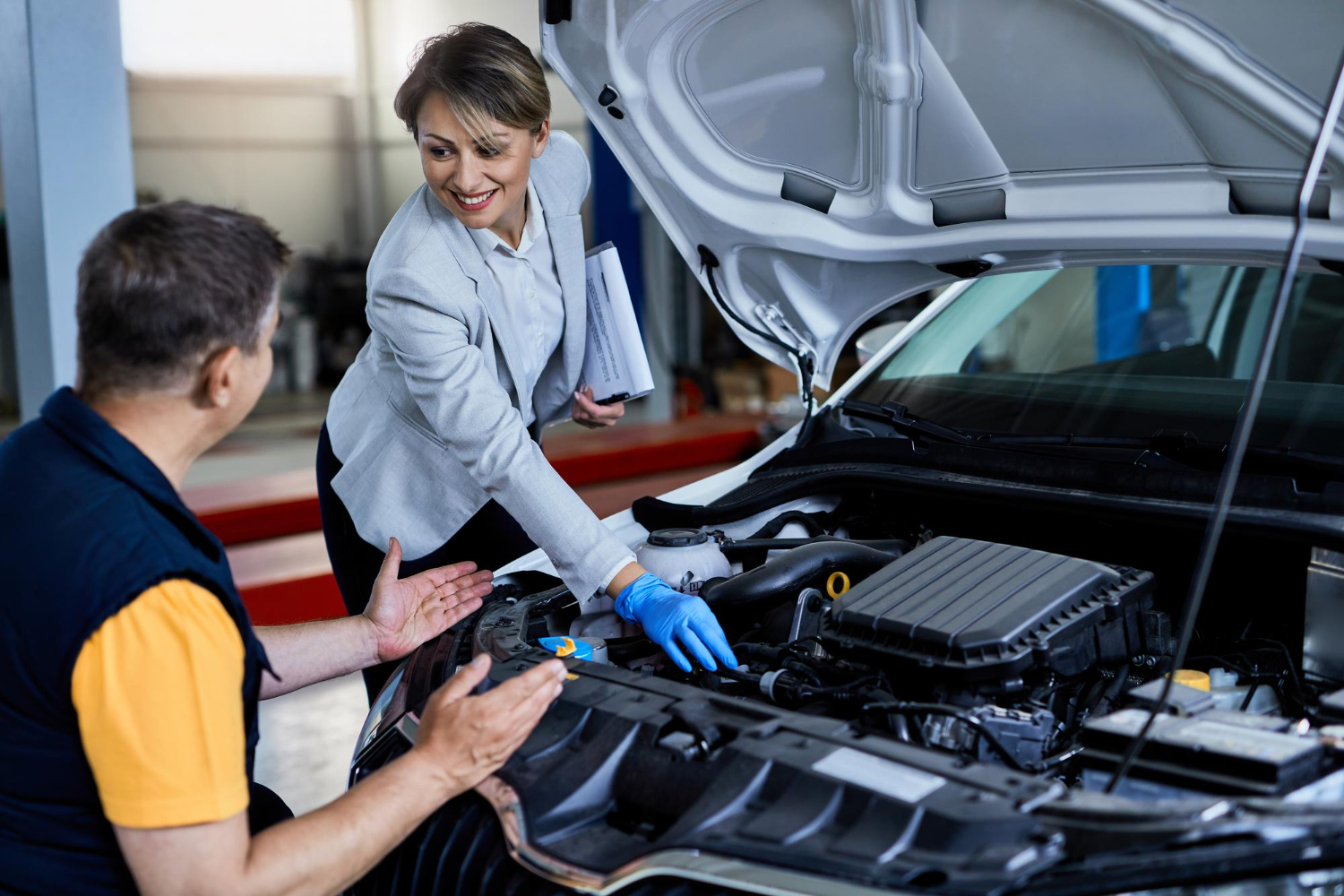Engine tuning can improve your car’s performance in many ways, such as increasing horsepower and torque, improving throttle response, and enhancing fuel economy. Tuning can involve adjusting the air or fuel ratio, ignition timing, and other engine parameters to optimize performance; when all these adjustments are done so as a result your car’s engine can operate more efficiently and produce more power. Quantum Tuning (Add your client’s name) is considered the best remap company UK. Additionally, tuning can improve drivability by smoothing out power delivery and reducing engine hesitation. Overall, engine tuning can be a great way to get more performance out of your car while also improving its overall drivability. Here are the steps for engine tuning:
Determine the Current State of Your Engine
Before you start tuning your engine, you need to know what its current state is. This involves baseline measurements of your car’s performance, such as horsepower, torque, and fuel economy.
Choose a Tuning Method
There are many different methods for tuning your engine, such as using a standalone engine management system, a piggyback, or a chiptune. Each method has its own advantages and disadvantages, so it’s important to choose the one that’s best for your needs. When choosing a tuning method, there are several factors to consider. Some tuning methods are more expensive than others, so in this case, your budget will play a role in which method you choose.
Most tuning methods require more technical knowledge and experience than others. If you’re new to engine tuning, choose a method that’s easier to learn. Different engines may require different tuning methods. For example, a naturally aspirated engine may require a different method than a turbocharged engine. Some tuning methods may have more support available than others. If you run into problems, it’s important to have access to support and resources to help you troubleshoot.
Adjust the Air-By-Fuel Ratio
One of the most important aspects of engine tuning is adjusting the air/fuel ratio. This involves changing the amount of air and fuel that’s entering the engine to optimize combustion. If the air/fuel ratio is too lean or too rich, it can cause poor performance and engine damage. You have to use an air/fuel ratio gauge to monitor the current air/fuel ratio. The gauge should be installed in the exhaust system and connected to the engine’s computer.
You’ll need to adjust the air or fuel mixture depending on whether the air/fuel ratio is too rich or too lean. If the ratio is too rich, you’ll need to reduce the amount of fuel entering the engine. If the ratio is too lean, you’ll need to increase the amount of fuel entering the engine. Depending on your engine, you may need to adjust the fuel injection system to change the air/fuel mixture. Consult your engine’s manual for specific instructions on how to do this. Once you have made the necessary adjustments, recheck the air/fuel ratio to make sure it’s within the ideal range. Take your car for a test drive to see how the new air or fuel ratio affects performance.
Adjust Ignition Timing
Ignition timing is another important parameter that can affect engine performance. By adjusting the timing, you can optimize the combustion process and improve power and efficiency. Ignition timing refers to the point at which the spark plug fires in relation to the position of the piston. Adjusting the ignition timing can affect engine power, fuel efficiency, and emissions. Generally, advancing the timing (firing the spark plug earlier) will increase power and emissions, while retarding the timing (firing the spark plug later) will increase fuel efficiency and reduce emissions.
Other Engine Parameter Adjustments
Depending on your engine and tuning method, there may be other parameters that you can adjust to improve performance, such as cam timing, valve timing, and boost pressure. Most importantly, valve timing refers to the opening and closing of the engine’s intake and exhaust valves. Adjusting the valve timing can affect engine power, torque, and efficiency. Generally, advancing the intake valve timing (opening the valve earlier) will increase power and torque, while retarding the timing (opening the valve later) will increase fuel efficiency, and fuel pressure refers to the pressure at which fuel is delivered to the engine.
Adjusting the fuel pressure can affect engine power, fuel efficiency, and emissions. Generally, increasing the fuel pressure will increase power and emissions, while decreasing the pressure will increase fuel efficiency. And the camshaft controls the opening and closing of the engine’s valves. When you adjust the camshaft, its profile can affect engine power, torque, and efficiency. Generally, a more aggressive camshaft profile (with longer valve duration and higher lift) will increase power and torque, while a less aggressive profile will increase fuel efficiency.

Test and Refine
After making adjustments, testing your car’s performance and refining your tuning as needed is important. This involves taking additional horsepower, torque, and fuel economy measurements and making further adjustments to optimize performance. Overall, engine tuning can be a complex process, but it can yield significant improvements in your car’s performance and drivability. It’s important to take a methodical approach and make adjustments carefully to avoid causing damage to your engine.
I’m Lilly Crawford, a skilled business expert who’s great at making successful plans. I’ve learned a lot from working at Arrow Redstar and Hi Property in the UK, gaining loads of knowledge about sales and how businesses work. I also write helpful articles about business strategies, using what I know to explain things well. I studied Business Studies in college and love sharing useful ideas to help businesses grow.